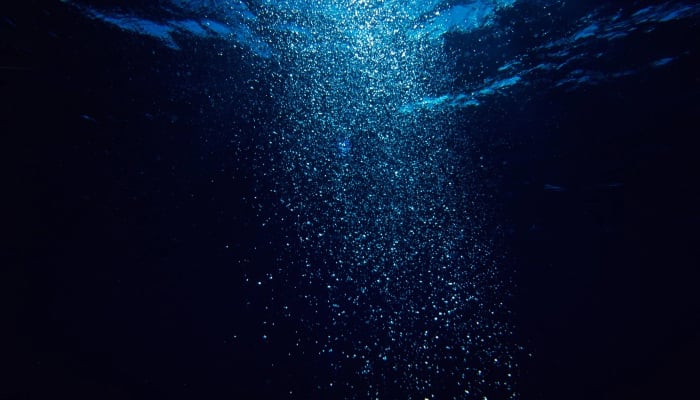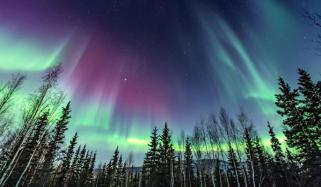
Researchers have discovered ‘dark oxygen’ produced more than 13,000 feet below the Pacific Ocean surface.
According to BBC, the study published in the journal Nature Geoscience found that other than photosynthesis, there are other sources of oxygen on the planet.
The lead author of the study and professor at the Scottish Association for Marine Science, Andrew Sweetman, told BBC, “I first saw this in 2013 - an enormous amount of oxygen being produced at the seafloor in complete darkness. I just ignored it, because I’d been taught - you only get oxygen through photosynthesis.”
He further added, “Eventually, I realised that for years I’d been ignoring this potentially huge discovery.”
Sweetman along with his team carried out their research on metal nodules in the deep sea between Hawaii and Mexico. These nodules contain metals like lithium, cobalt, and copper, which are typically used in batteries.
The scientist discovered that the metal nodules were able to make oxygen because they act like batteries.
Prof. Sweetman explained, “If you put a battery into seawater, it starts fizzing. That’s because the electric current is actually splitting seawater into oxygen and hydrogen (which are the bubbles). We think that’s happening with these nodules in their natural state.”
“It's like a battery in a torch. You put one battery in, but it doesn't light up. You put two in, and you've got enough voltage to light up the torch. So when the nodules are sitting at the seafloor in contact with one another, they’re working in unison - like multiple batteries,” he added.
Prof. Sweetman believed that this discovery of dark oxygen could support life on the seafloor. On the other hand, new findings have raised new concerns about the risks of proposed deep-sea mining ventures.















